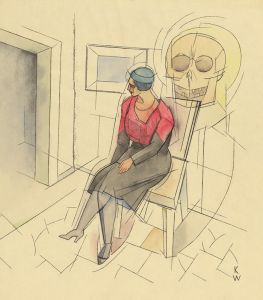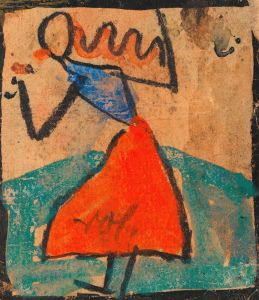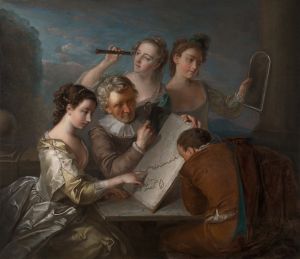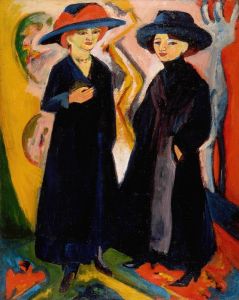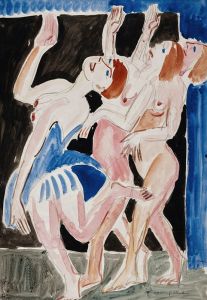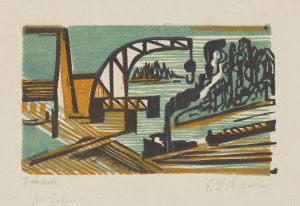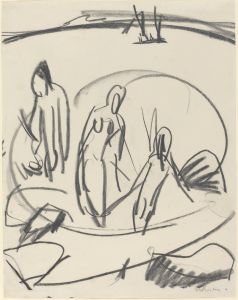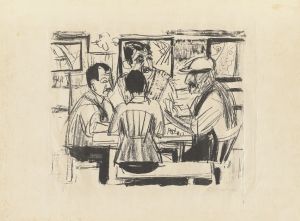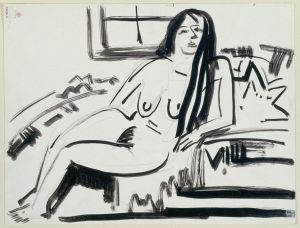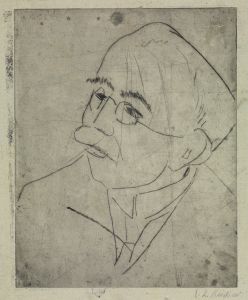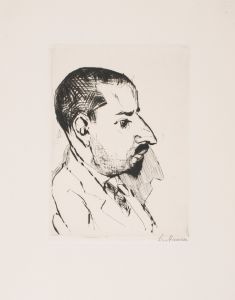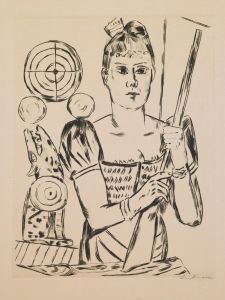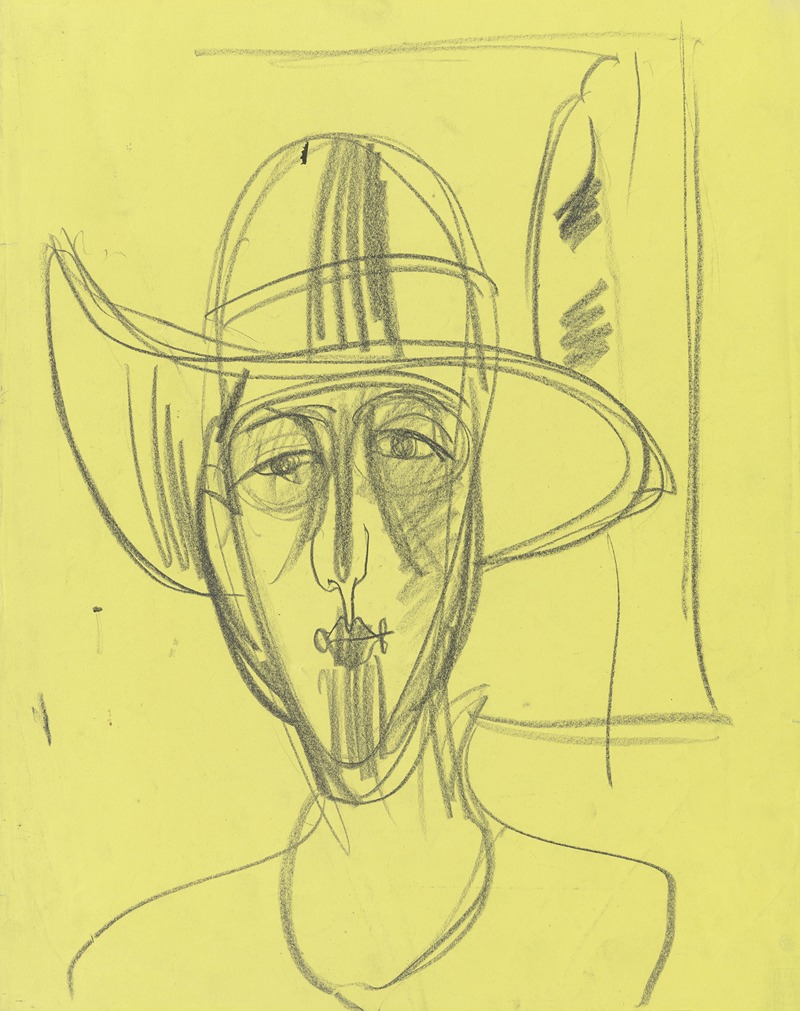
Portrait of Ester Haufler
A hand-painted replica of Ernst Ludwig Kirchner’s masterpiece Portrait of Ester Haufler, meticulously crafted by professional artists to capture the true essence of the original. Each piece is created with museum-quality canvas and rare mineral pigments, carefully painted by experienced artists with delicate brushstrokes and rich, layered colors to perfectly recreate the texture of the original artwork. Unlike machine-printed reproductions, this hand-painted version brings the painting to life, infused with the artist’s emotions and skill in every stroke. Whether for personal collection or home decoration, it instantly elevates the artistic atmosphere of any space.
Ernst Ludwig Kirchner, a prominent German expressionist painter and one of the founding members of the influential art group Die Brücke, created numerous works that have left a significant mark on the art world. Among his many portraits, "Portrait of Ester Haufler" stands out as a testament to his unique style and the expressionist movement's ideals.
Kirchner was born in 1880 in Aschaffenburg, Germany, and his early education was in architecture at the Königliche Technische Hochschule in Dresden. However, his passion for painting led him to co-found Die Brücke in 1905, a group that sought to bridge traditional and modern art forms. This collective played a crucial role in the development of Expressionism, emphasizing bold colors, emotional depth, and a departure from realistic representation.
The "Portrait of Ester Haufler" exemplifies Kirchner's expressionist style, characterized by vivid colors, dynamic compositions, and a focus on emotional expression rather than realistic depiction. Kirchner often painted people from his immediate circle, capturing their essence through his distinctive approach. His portraits are known for their psychological depth and ability to convey the inner life of the subject.
Ester Haufler, the subject of this portrait, was one of the many individuals Kirchner painted during his career. While specific details about Haufler's life and her relationship with Kirchner are not extensively documented, it is known that Kirchner often painted friends, acquaintances, and fellow artists. His portraits frequently reflect the social and cultural milieu of early 20th-century Germany, a period marked by rapid change and artistic innovation.
In "Portrait of Ester Haufler," Kirchner employs his signature use of color and form to create a striking image. The bold, often non-naturalistic colors are typical of Kirchner's work, reflecting the influence of Fauvism and other avant-garde movements of the time. The brushwork is dynamic and expressive, capturing the energy and emotion of the subject. Kirchner's use of line and form often distorts reality to emphasize the emotional and psychological aspects of the portrait.
Kirchner's work, including this portrait, was deeply influenced by his surroundings and personal experiences. The socio-political climate of Germany during the early 20th century, along with Kirchner's own struggles with mental health, are often reflected in the intensity and emotional depth of his paintings. His art provides insight into the human condition, exploring themes of identity, anxiety, and the complexities of modern life.
Throughout his career, Kirchner faced numerous challenges, including the impact of World War I and the subsequent political upheavals in Germany. Despite these difficulties, he continued to produce art that challenged conventional norms and pushed the boundaries of expression. His work was later condemned by the Nazi regime as "degenerate art," leading to the removal of many of his pieces from German museums. However, Kirchner's legacy endured, and his contributions to modern art continue to be celebrated worldwide.
"Portrait of Ester Haufler" remains a significant example of Kirchner's artistic vision and his ability to convey deep emotion through his work. It stands as a testament to the enduring power of expressionism and Kirchner's role in shaping the direction of modern art.





